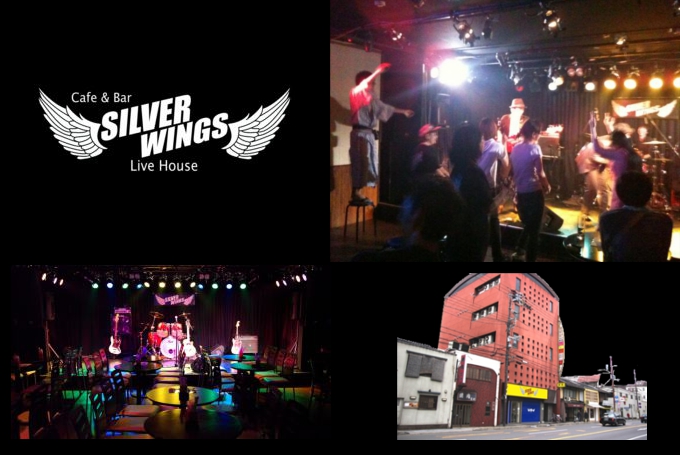

The interior is sheathed in translucent marble from the Estremoz quarries in Portugal. "A remarkable 1,129 unique pieces of both flat and curved cast-glass pieces were produced and assembled with meticulous care to create each of the nine wings," Hariri Pontarini Architects said. For nearly four years, the firm worked in collaboration with artisans at Toronto-based Jeff Goodman Studio to develop the cladding.

The exterior is faced with cast-glass panels that were developed exclusively for this project. The cladding materials used in the project were the result of "an intensive investigation into the material qualities that capture, express and embody light". "Each of the wings rest on concrete rings and columns on elastomeric seismic isolators, so that in the event of an earthquake, the concrete pads slide horizontally to absorb the shock," the team said. The superstructure of the wings was built using hundreds of slim-profile steel members and nodal connections. Inside, the temple contains a light-filled space for prayer and meditation that is topped with a central oculus. The resulting design is a sculptural building composed of nine identical, torqued wings. The "magic of dappled sunshine beneath a canopy of trees" was also an influence. The team drew inspiration from varied sources, such as Sufi whirling dancers – who spin in large skirts as a form of physical meditation – Japanese bamboo baskets, and fragments of shattered glass.


 0 kommentar(er)
0 kommentar(er)
